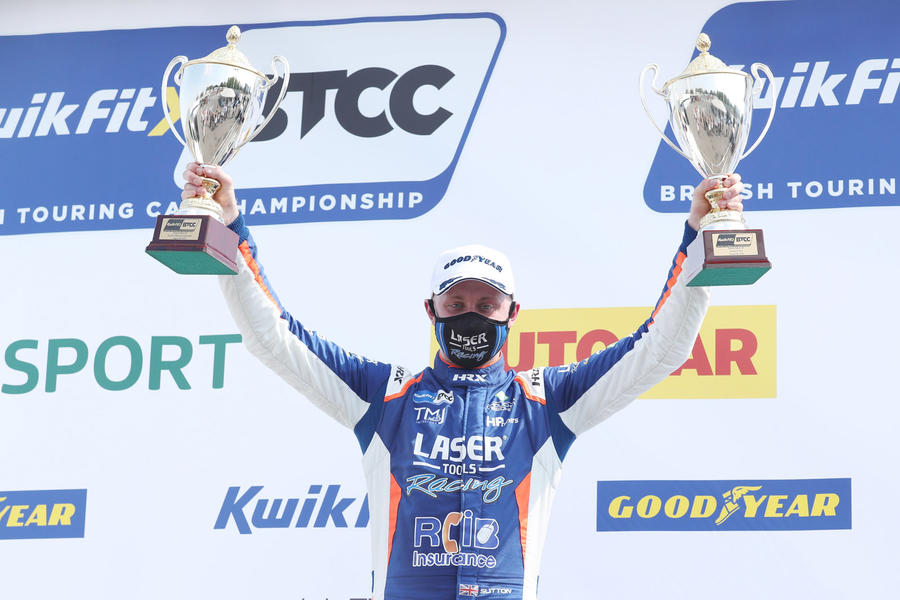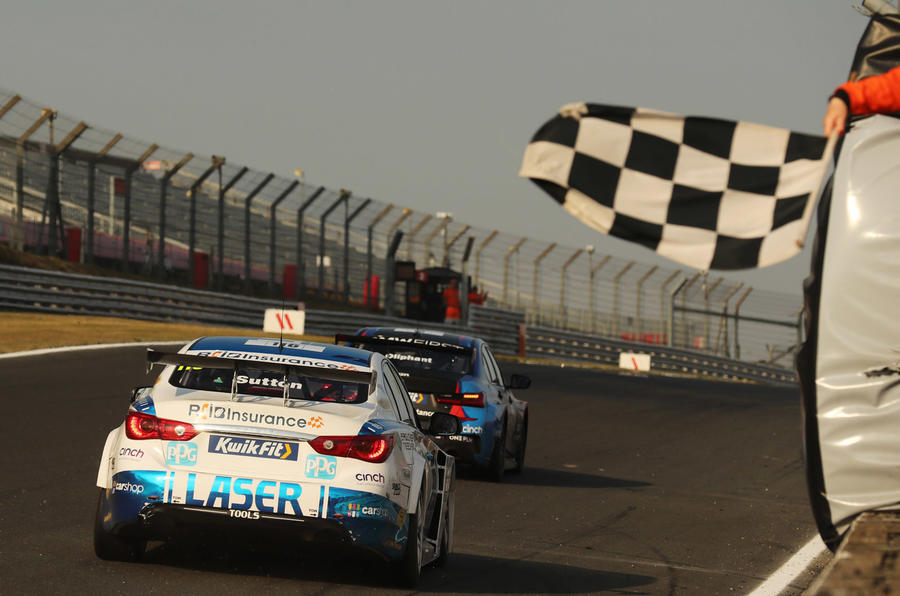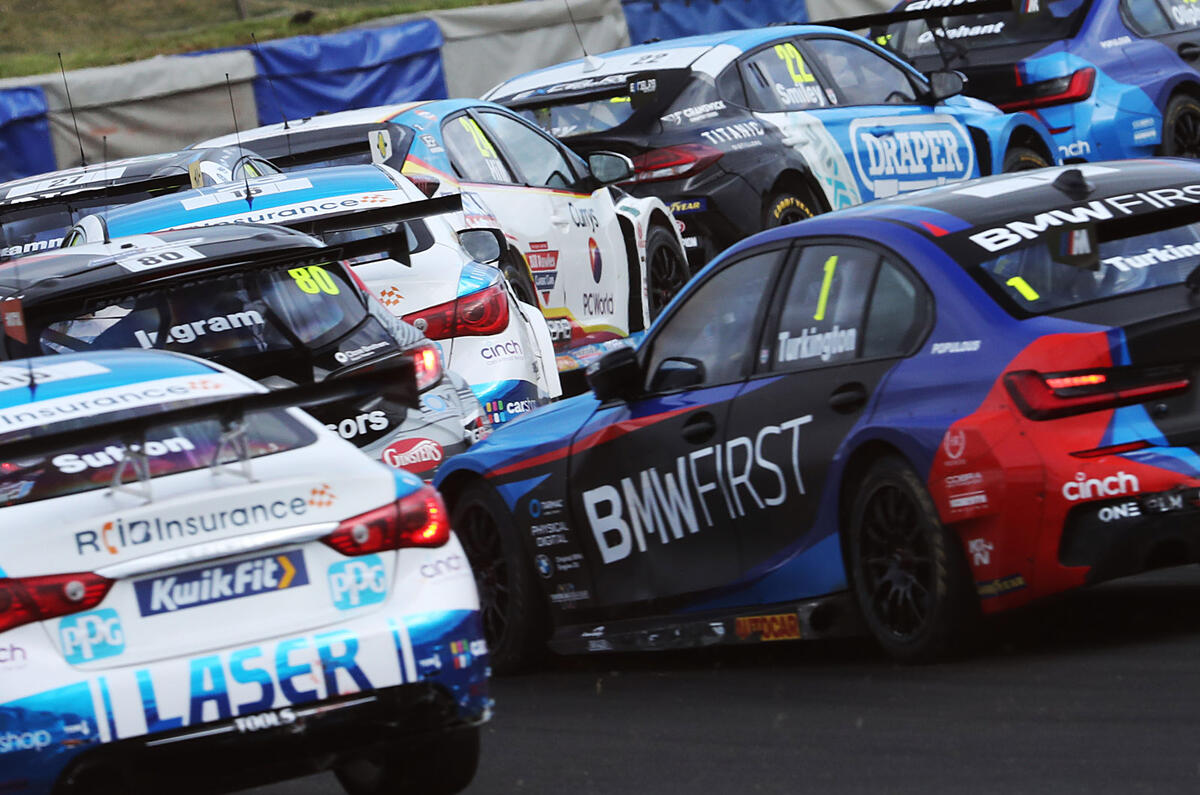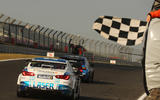Given the dominance of the West Surrey Racing-run Team BMW 330i M Sport saloons in last season’s British Touring Car Championship, it was hard to see how any operation could hold a candle to title holder Colin Turkington in 2020.
With five meetings already in this year’s book, the major threat to the Northern Irishman has come from an unexpected quarter: the Laser Tools Racing Infiniti Q50, particularly in the hands of Ash Sutton. At the time of writing, before Thruxton, Sutton had taken four wins, compared with Turkington’s two, and was just 10 points behind the series leader.
There have been many raised eyebrows at the Laser Tools Racing Infiniti programme. Those mostly stem from Infiniti’s previous challenge in the BTCC, which ended in embarrassment.
If there was an example of how not to run a BTCC team, it was surely the 2015 campaign from Pro Motorsport and its Q50 saloons. The squad was backed by the Support Our Paras initiative and was crewed by injured servicemen. There was no problem with that part of the deal, but the underpinnings behind the team weren’t solid. Infiniti got behind the programme initially but walked away after just three rounds. Pro Motorsport struggled on to the end of the year, then mothballed the project.
But now the name of the brand is back on the grid, and Sutton looks to be a major threat to the most coveted trophy in UK motorsport.

The 26-year-old has a strong history in rear-wheel-drive BTCC machines. After spending his maiden season in 2016 in an ageing MG 6 GT, he was in the right place to capitalise on BMR Racing’s building of a rear-driven Subaru Levorg GT. He took the controls and powered the estate-shaped 2.0-litre turbocharged car to overall glory in only his second season at the top level.






















Add your comment